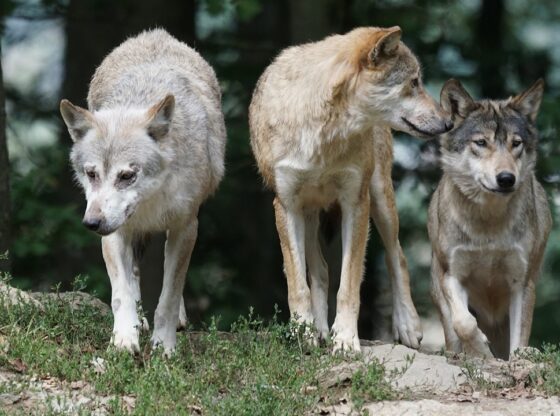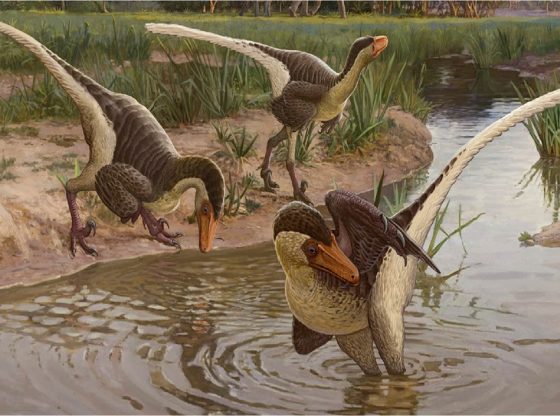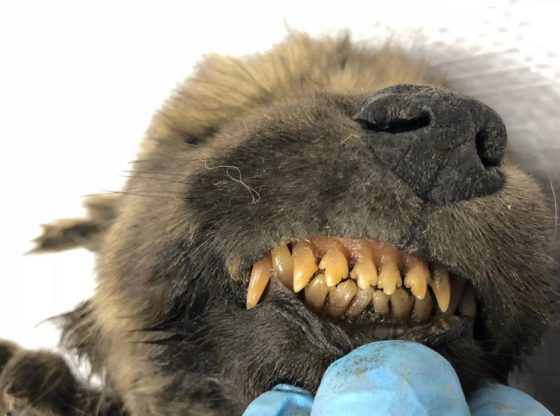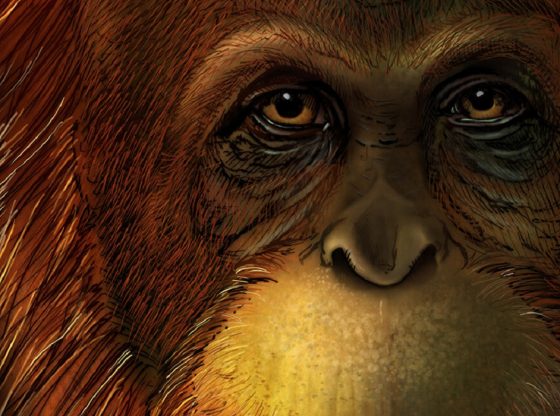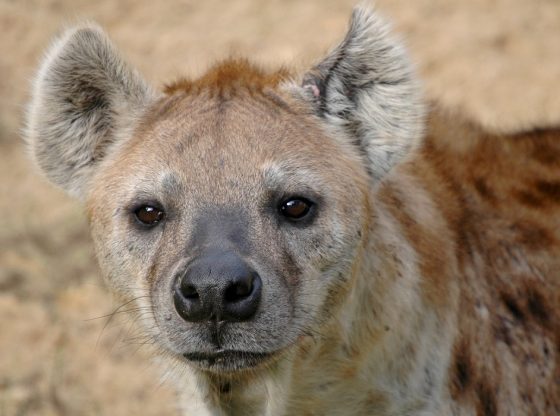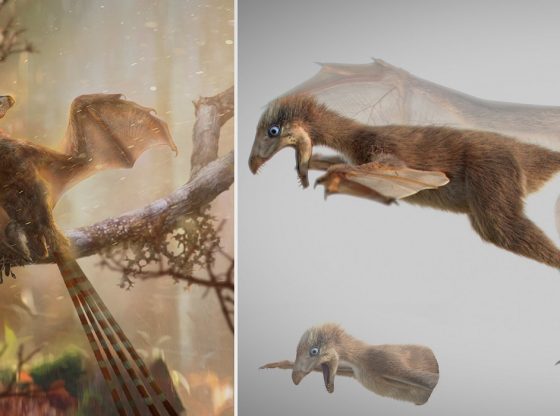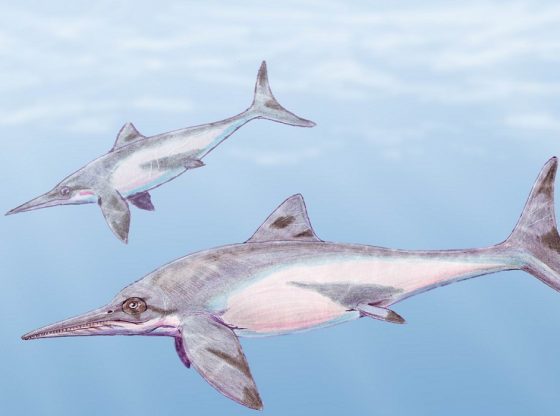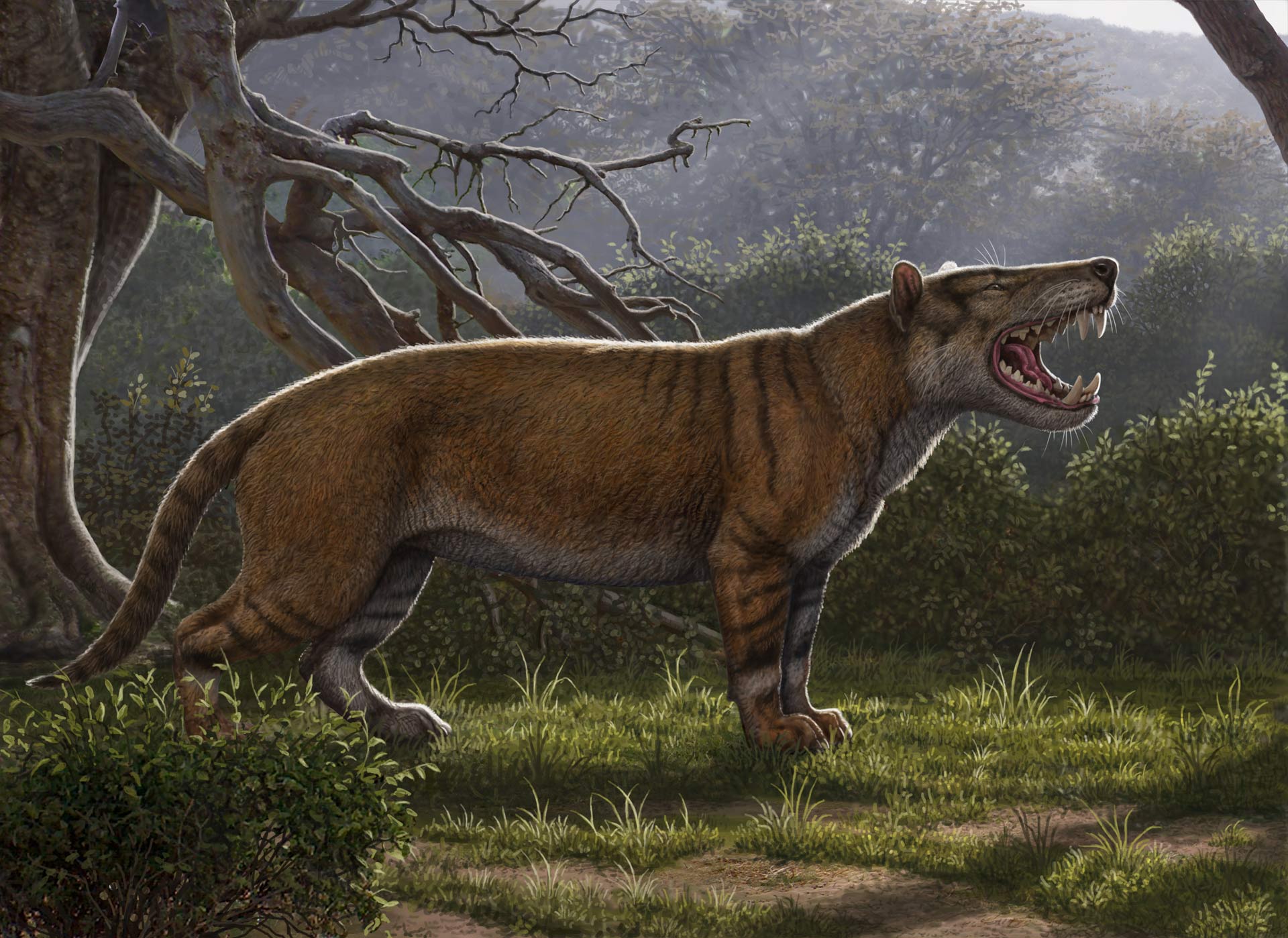
Credit: Mauricio Anton
A new species of giant mammal has been identified after researchers investigated bones that had been kept for decades in a Kenyan museum drawer.
Dubbed ‘Simbakubwa Kutokaafrika’ (means ‘Big lion from Africa’ in Swahili), the gigantic carnivore lived about 22 million years ago (Early Miocene epoch) in what is now Kenya.
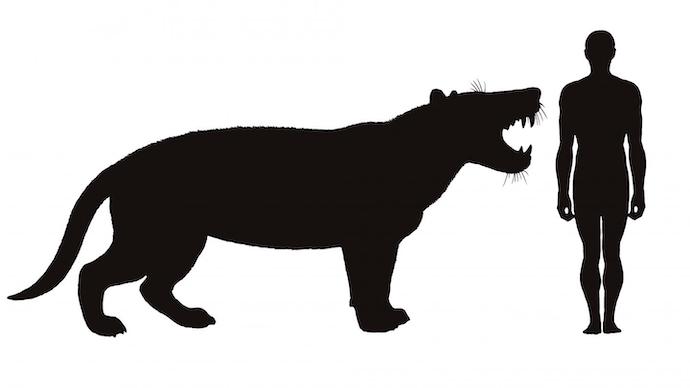
It was larger than a polar bear, the largest land-based carnivore alive today; it weighed up to 1,500 kilograms (3,300 lbs), measured 2.4 meters (8 feet) long from snout to rump and stood 1.2 m (4 feet) tall at its shoulders.
“Based on its massive teeth, Simbakubwa was a specialized hyper-carnivore that was significantly larger than the modern lion and possibly larger than a polar bear,”
– Matthew Borths, from Duke University, who co-led the research with Ohio University.
In 2013 he was doing research at the Nairobi National Museum when he asked to look at the contents of a collection labeled “hyenas”, National Geographic says. The creature’s jaw and other bones and teeth had been put there after being found at a dig in western Kenya in the late 1970s. Matthew Borths teamed up with another researcher, Nancy Stevens, and in 2017 they began analyzing the unusual fossil specimens.
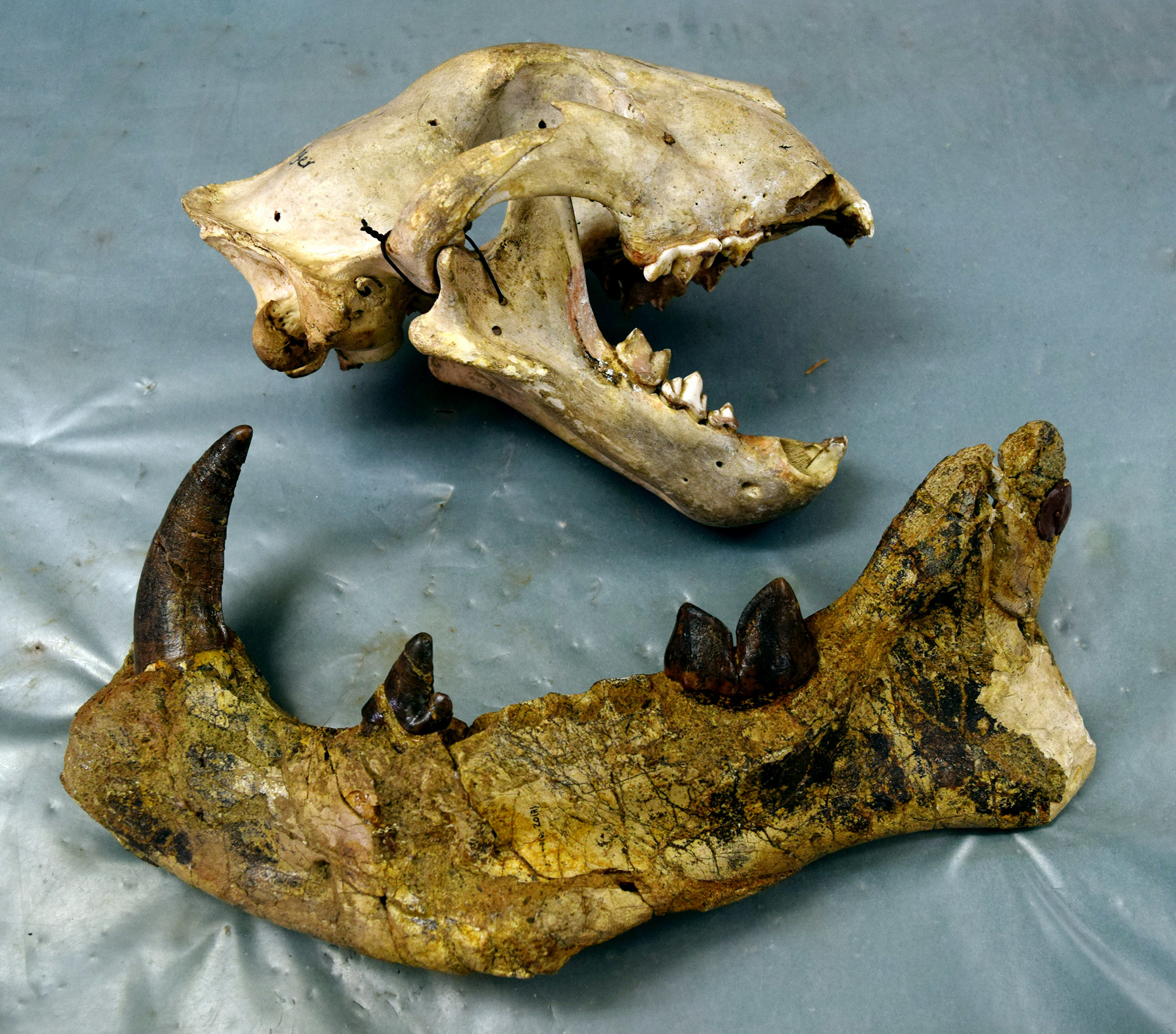
The team published in the Journal of Vertebrate Paleontology, said Simbakubwa lived in what is modern-day Kenya around 23 million years ago, a key period in the evolution of carnivorous mammals.
The animals’ name is Swahili for “big lion coming from Africa” and highlights its likely place at the top of the food chain, as lions are today in the African ecosystem. But Simbakubwa was not closely related to any mammalian carnivore alive today. Rather, it belonged to an extinct group of mammals called hyaenodonts.
Global ecosystems were changing between 18 and 15 million years ago as grasslands replaced forests and new mammalian lineages diversified. Hyaenodonts ultimately went extinct and the giant relatives of Simbakubwa were among the last of their kind on the planet.
Reference:
Matthew R. Borths, Nancy J. Stevens Simbakubwa kutokaafrika, gen. et sp. nov. (Hyainailourinae, Hyaenodonta, ‘Creodonta,’ Mammalia), a gigantic carnivore from the earliest Miocene of Kenya DOI: https://doi.org/10.1080/02724634.2019.1570222

